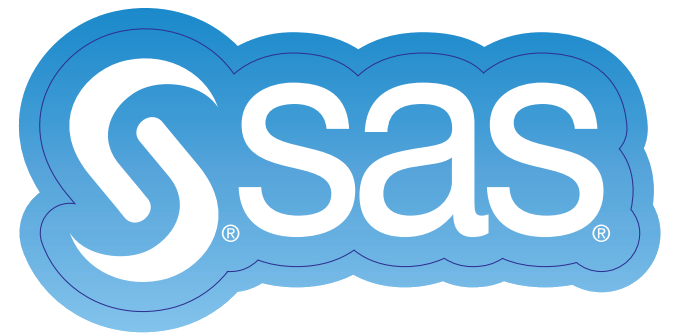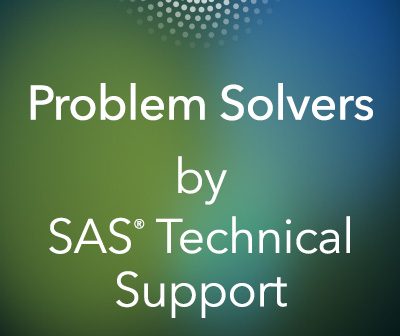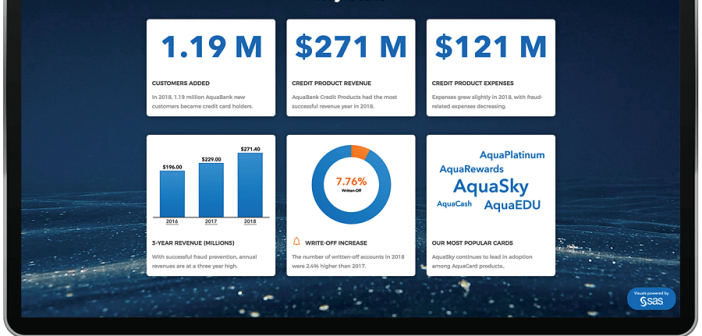SAS Users
Providing technical tips and support information, written for and by SAS users.
Joseph Castle offers some important considerations that will help you when building and working in an OSS community.

SAS SQL handles missing values differently than the ANSI standard for SQL. PROC SQL follows the SAS convention for handling missing values: numerical missing values are always interpreted as less or smaller than all nonmissing values. My first blog showed that missing values can be troublemakers in non-grouped descriptive statistics.

Fraud detection is becoming increasingly more complex. Customers are demanding a frictionless consumer experience. Luckily, SAS' advanced machine learning models can better prevent fraud and protect customers by analyzing behaviors and detecting suspicious patterns in real-time.

SAS' Chevell Parker walks you through eight formatting scenarios that can occur when using ODS Excel and how to address them using formatting and formatting values after export.

Leonid Batkhan reveals programming technique to build adaptive SAS programs to facilitate transition between various environments for a smoother SDLC.

In my previous blog Programmatically export a Visual Analytics report to PDF - SAS Users, I use the SAS Visual Analytics SDK to export a report to PDF, which is quite simple if we have basic knowledge with JavaScript programming. It works for both the latest version of SAS Viya





